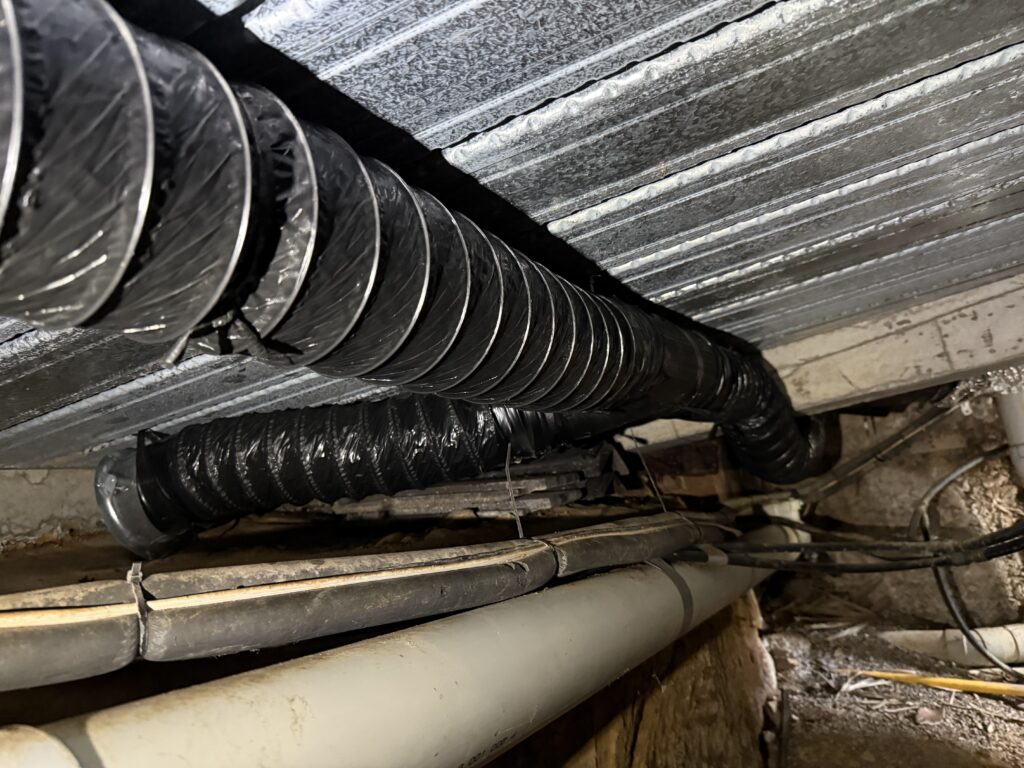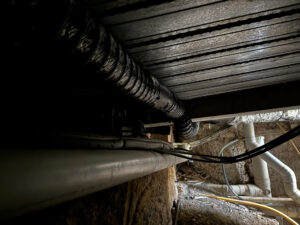Introduction
Sydney’s fluctuating weather conditions, from humid summers to damp winters, create the perfect environment for moisture buildup beneath homes. Without proper ventilation, excess dampness in the subfloor can lead to mould, timber decay, pest infestations, and poor indoor air quality.
If your home feels musty, your floors seem damp, or you’re noticing increased humidity indoors, it could be time to consider sub floor ventilation. This essential system helps regulate airflow, prevent structural damage, and create a healthier indoor environment.
In this guide, we’ll explore everything you need to know about subfloor ventilation in Sydney, including its benefits, how it works, installation factors, and expert tips to keep your home dry and safe.
What Is Sub Floor Ventilation & How Does It Work?
Sub floor ventilation is a system designed to extract damp, stale air from underneath your home and replace it with fresh air. This process prevents moisture buildup, reduces mould risk, and protects structural integrity.
How It Works
- Exhaust Fans – Remove stale, moisture-rich air from under the house.
- Air Intake Vents – Allow fresh outdoor air to circulate and replace the extracted air.
- Ducted Ventilation Systems – Distribute airflow evenly across the entire underfloor space.
- Solar-Powered Ventilation – Uses renewable energy to power fans, making it an eco-friendly option.
Without proper underfloor ventilation, moisture can accumulate, leading to damp problems, structural weakening, and an increased risk of termites.

Why Is Sub Floor Ventilation Important?
1. Prevents Mould & Damp Issues
Sydney’s humid conditions encourage mould growth, rising damp, and mildew, all of which can damage your home and impact your health. A properly installed ventilation system keeps moisture levels under control.
2. Protects Wooden Floors & Structural Integrity
Timber structures and flooring absorb moisture over time, leading to warping, decay, and termite infestations. A subfloor ventilation system helps maintain a dry and stable environment, reducing the risk of expensive repairs.
3. Improves Indoor Air Quality
Stale, damp air trapped beneath your home can seep into living spaces, causing musty odours and allergens. By increasing airflow, you ensure fresher, healthier air inside your home.
4. Helps Regulate Temperature & Reduce Energy Bills
A damp home feels colder in winter and more humid in summer, leading to higher heating and cooling costs. Proper ventilation under the house helps stabilise indoor temperatures and can improve overall energy efficiency.
5. Prevents Structural Damage
Unchecked moisture can cause concrete cancer, rusted steel supports, insulation damage, and termite infestations. Investing in home ventilation solutions in Sydney protects your property from long-term damage.
Signs That Your Home Needs Sub Floor Ventilation
If your home has any of these issues, it may need a ventilation system upgrade:
✔ Persistent Musty Smell – A damp, mouldy scent inside your home often originates from a moist subfloor.
✔ Mould or Mildew Growth – Seeing mould on walls, ceilings, or skirting boards? This is often caused by excessive humidity.
✔ Creaking, Warped, or Soft Floorboards – Timber absorbs moisture and can deteriorate over time.
✔ High Indoor Humidity & Condensation – Foggy windows and sticky air suggest poor ventilation.
✔ Increased Allergy Symptoms – Mould spores and dust mites thrive in damp environments, triggering asthma and allergy symptoms.
✔ Pest Infestations – Termites, cockroaches, and rodents are attracted to dark, damp environments.
Types of Sub Floor Ventilation Systems
There are different ventilation options depending on your home’s moisture levels, airflow, and structure.
1. Passive Ventilation
- Relies on strategically placed vents to allow natural airflow.
- Works best in areas with good cross-ventilation.
- Lower cost, but less effective in damp environments.
2. Mechanical Ventilation Systems
- Uses electric fans and ducting to actively extract damp air.
- Ideal for homes in moisture-prone areas or poor natural airflow.
3. Solar-Powered Ventilation
- Uses solar energy to power fans, making it a sustainable option.
- Suitable for homeowners looking for low-energy ventilation solutions.
4. Hybrid Ventilation Systems
- A combination of mechanical and passive ventilation for enhanced efficiency.
- Works well in homes that need consistent airflow regulation.
How Sub Floor Ventilation Installation Works
Step 1: Moisture Inspection & Site Assessment
A ventilation specialist assesses the moisture levels, airflow blockages, and structural conditions in your home’s subfloor.
Step 2: Custom Ventilation Plan
The best ventilation solution is designed based on your home’s size, layout, and existing moisture issues.
Step 3: Installation of Ventilation System
- Exhaust fans, vents, and ducting are installed to optimise airflow.
- Moisture barriers may be added for enhanced protection.
Step 4: Final Testing & Maintenance Recommendations
The system is tested for optimal efficiency, and maintenance tips are provided.
Frequently Asked Questions (FAQs)
1. How do I know if my home needs subfloor ventilation?
If you notice musty odours, damp walls, mould growth, or pest activity, your home likely has poor airflow under the floors.
2. Can I install sub floor ventilation myself?
DIY installations can be challenging. A professional ensures correct airflow, compliance with building codes, and system efficiency.
3. Will subfloor ventilation reduce energy bills?
Yes! Controlling humidity levels helps regulate indoor temperatures, reducing the strain on heating and cooling systems.
4. Does sub floor ventilation help with termites?
Yes. Termites thrive in moist wood, so reducing subfloor dampness makes your home less appealing to pests.
5. How long does installation take?
Most systems can be installed in 1–2 days, depending on your home’s layout.
Why Choose Western Sydney Ventilation?
At Western Sydney Ventilation, we provide custom ventilation solutions to protect homes from excess moisture.
✔ Expert assessment & installation
✔ High-quality, energy-efficient systems
✔ Affordable, tailored solutions
✔ Fast, professional service across Sydney

